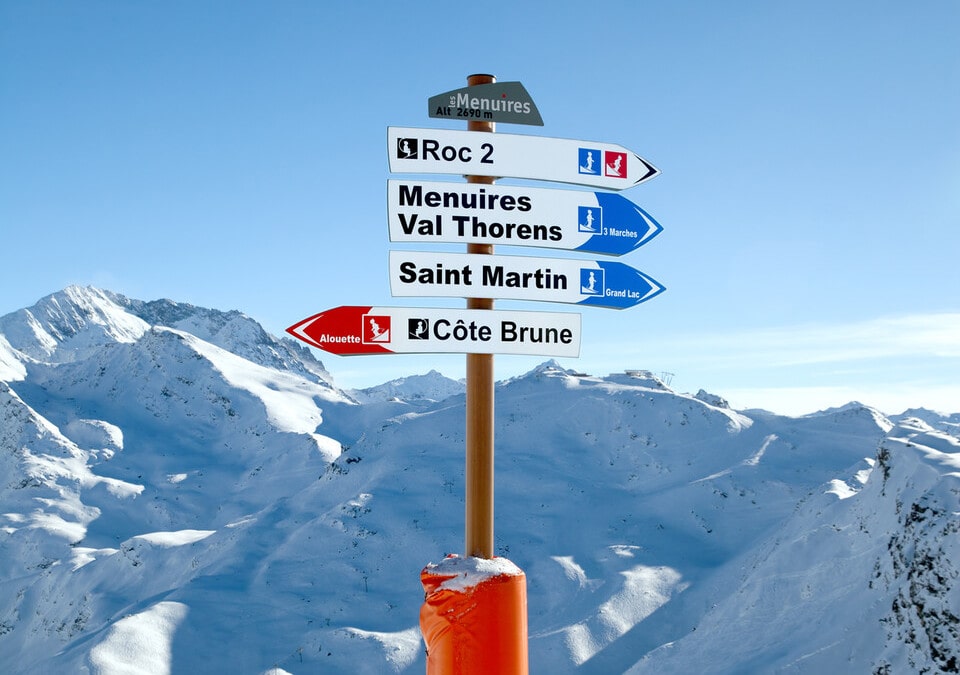The ski runs are colour-coded to indicate their difficulty, helping skiers to choose the runs that suit their skill level.
Here are the commonly used colours and their meanings:
Tracks green
The green runs are the easiest and ideal for beginners. They have a gentle slope and allow skiers to practise the basics of skiing in complete safety.
Blue tracks
The blue runs are of intermediate difficulty. They are slightly steeper than the green runs and are designed for skiers who have already mastered some basic techniques.
Red tracks
The red runs are more difficult and are aimed at intermediate to advanced skiers. They have a steeper gradient and can include tighter turns and narrow passages.
Black tracks
The black runs are the most difficult and are designed for experienced skiers. They often have very steep slopes, natural or artificial obstacles and more demanding snow conditions.
Find out more
In some regions, other colours or markings may be used to indicate specific types of tracks or challenges, such as orange tracks or double black diamond (in some areas, especially North America).
READ MORE: Detachable chairlifts: How do they work?
They indicate pistes that are even more difficult than the standard blacks, often with extreme obstacles. The purple trails are also sometimes used to indicate ski touring itineraries or specific off-piste areas.
It is important to note that the relative difficulty of pistes can vary from one ski resort to another. A blue run in one resort may be more or less difficult than a blue run in another. So it's always advisable to get local information and assess the conditions before embarking on a run.

